Apatosaurus
Name Origin
Misleading Lizard
Family
Diplodocidae
Classification
Diapsida, Saurischia, Sauropodomorpha
Habitat (Discovery Location)
United States
Period
Approximately 161 to 145 million years ago (Late Jurassic)
Length
Approximately 26 meters
Weight
Approximately 24 to 32 tons
Diet
Herbivore (Plant-eater)
 Jurassic
Jurassic
Park / World Featured Dinosaur
Appearance in The Lost World: Jurassic Park
While you might think its first appearance was in Jurassic World, the Apatosaurus's actual series debut was in The Lost World: Jurassic Park.
So, where did it appear? It was in the scene where Dr. Malcolm's group discusses cutting through the raptor nest to get to the operations center (communications center). A massive, skeletal carcass was seen lying on the ground in the area between the raptor territory and the center.
As it turns out, that carcass was the Apatosaurus.
In other words, the Apatosaurus's memorable series debut was an appearance as a dead body.Appearance in Jurassic World
Apatosaurus made its de facto series debut in Jurassic World. The dinosaur appeared in the late Michael Crichton's first novel (and a carcass resembling it was mentioned in the second), making this its first major film appearance after 25 years. (A Diplodocus was originally planned for the first film.)
It was recreated for Jurassic World by the Masrani Corporation after they acquired InGen, and it was the largest dinosaur featured in the park's main exhibit area.
The individuals in the film have gray skin with blue stripes, and a darker, burnt-looking skin tone on their underbelly and face. Unlike the real Apatosaurus, they were given a unique trait for the film: they chew their food, which (according to the lore) results in a lighter body weight.
They lived together in the "Gyrosphere Valley" with other herbivores, including Stegosaurus, Parasaurolophus, and Triceratops. Furthermore, guests could interact with juvenile individuals at the "Gentle Giants Petting Zoo," and there is a heartwarming scene early in the film showing a child hugging a young Apatosaurus.
The Apatosaurus herd lived peacefully until the Indominus rex escaped. When attacked, their immense size prevented them from fleeing quickly, and the entire herd was slaughtered.
A lone survivor is found fatally wounded. It dies while being comforted by Owen and Claire, who had arrived looking for Zach and Gray. Witnessing the death of this Apatosaurus up close served as a major catalyst for Claire, the park manager, who had previously viewed the dinosaurs only as "assets" or "products."
(Note: The head of the dying Apatosaurus in this scene was realistically brought to life using an animatronic.)Appearance in Jurassic World: Fallen Kingdom
This gigantic sauropod, which also appeared in Jurassic World, was the largest herbivorous dinosaur within the park's exhibit area. It possesses unique proportions: its tail boasts twice the length of a Brachiosaurus's, yet it stands significantly lower—reportedly one-sixth the height—compared to the Brachiosaurus.
Its main role in the film involves the scene where it flees from the volcanic eruption on Isla Nublar. Facing the approaching crisis, it is depicted running for its life from start to finish, much like the human characters.
While numerous individuals were spotted during this stampede, their massive size made them easy targets for the capture team, leading to their capture.
The captured individuals were transported to the "Lockwood Estate" on the U.S. mainland. On screen, several individuals (about two to four) can be identified.
They appear again during the escape scene from the manor at the end of the story, ultimately gaining their freedom.
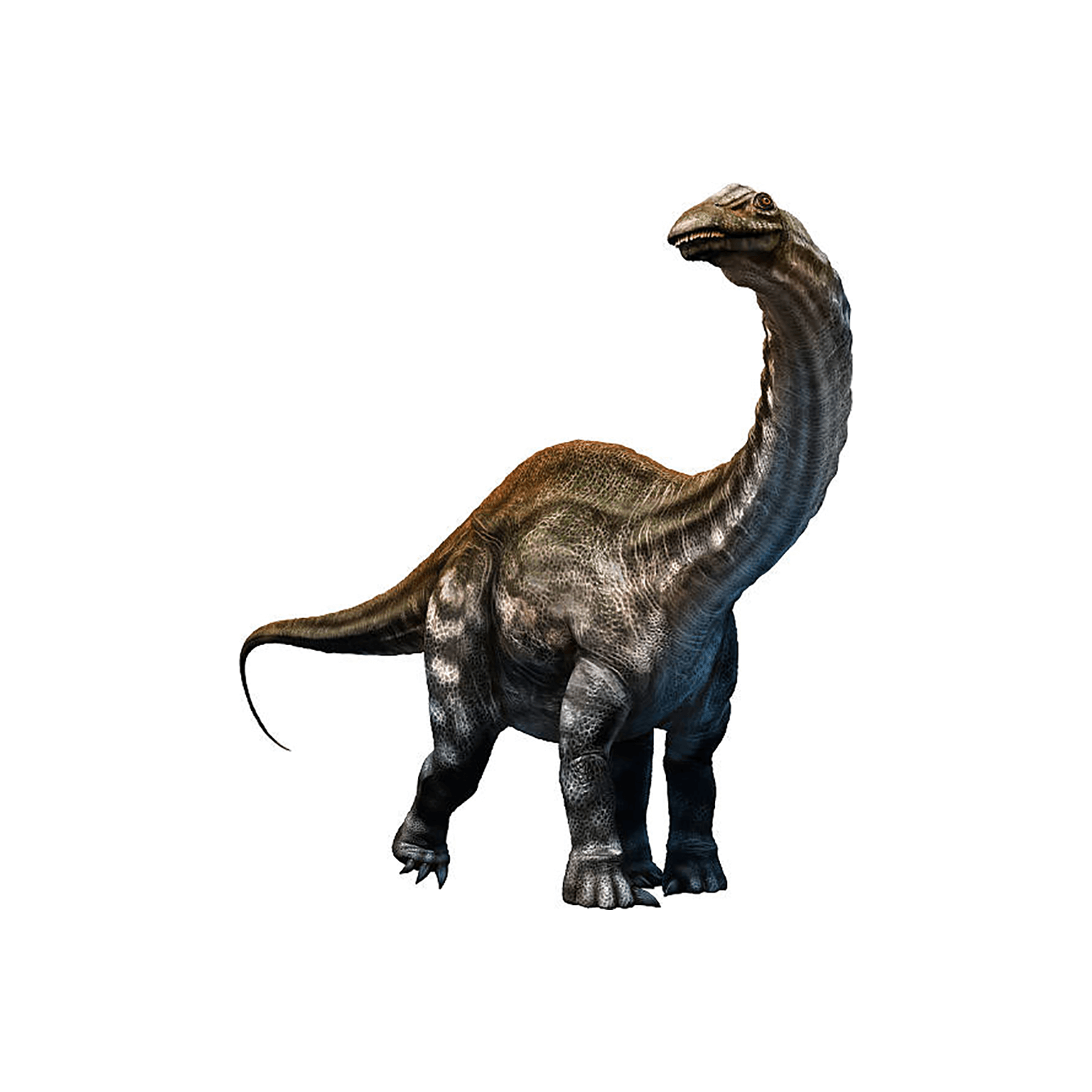
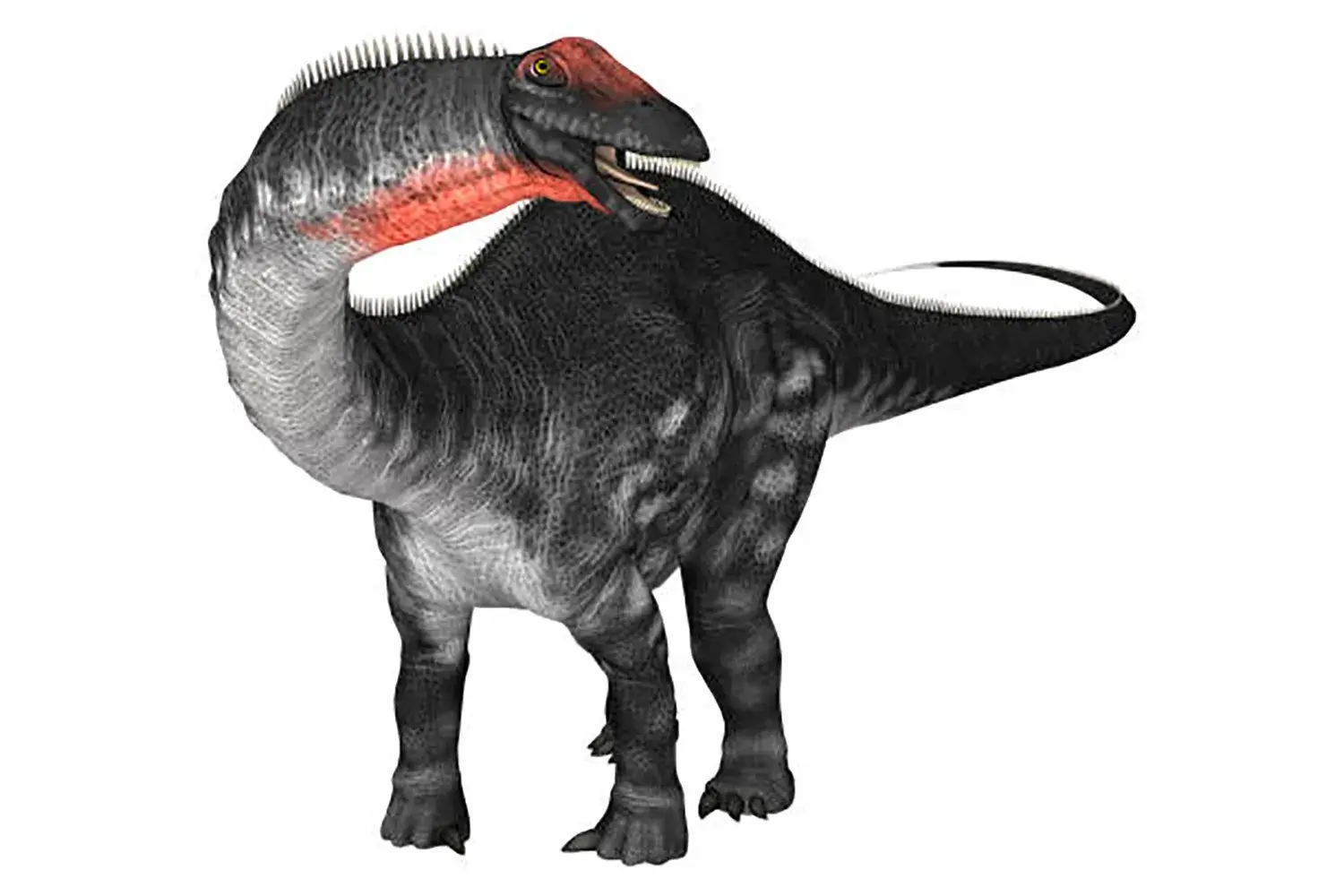
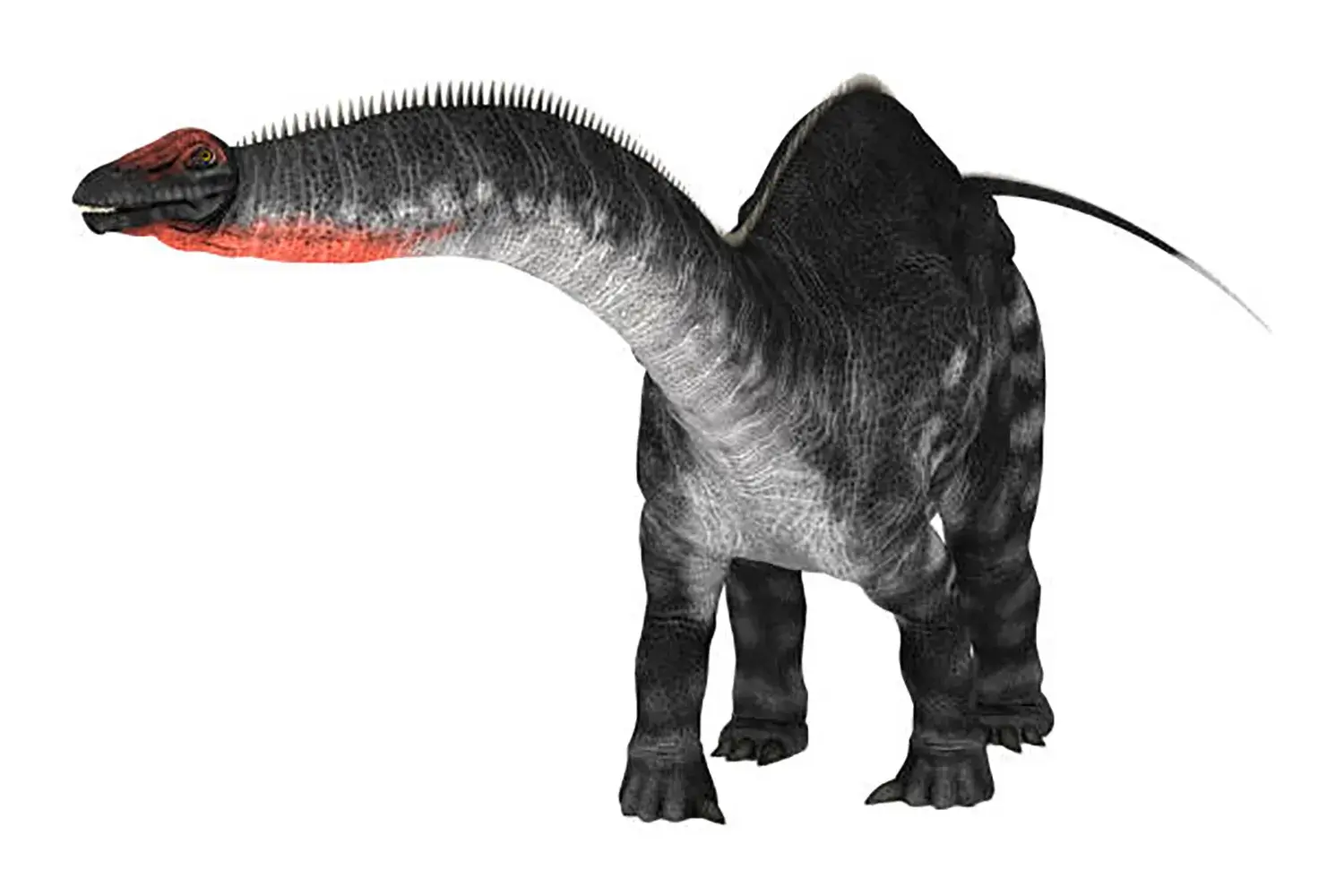
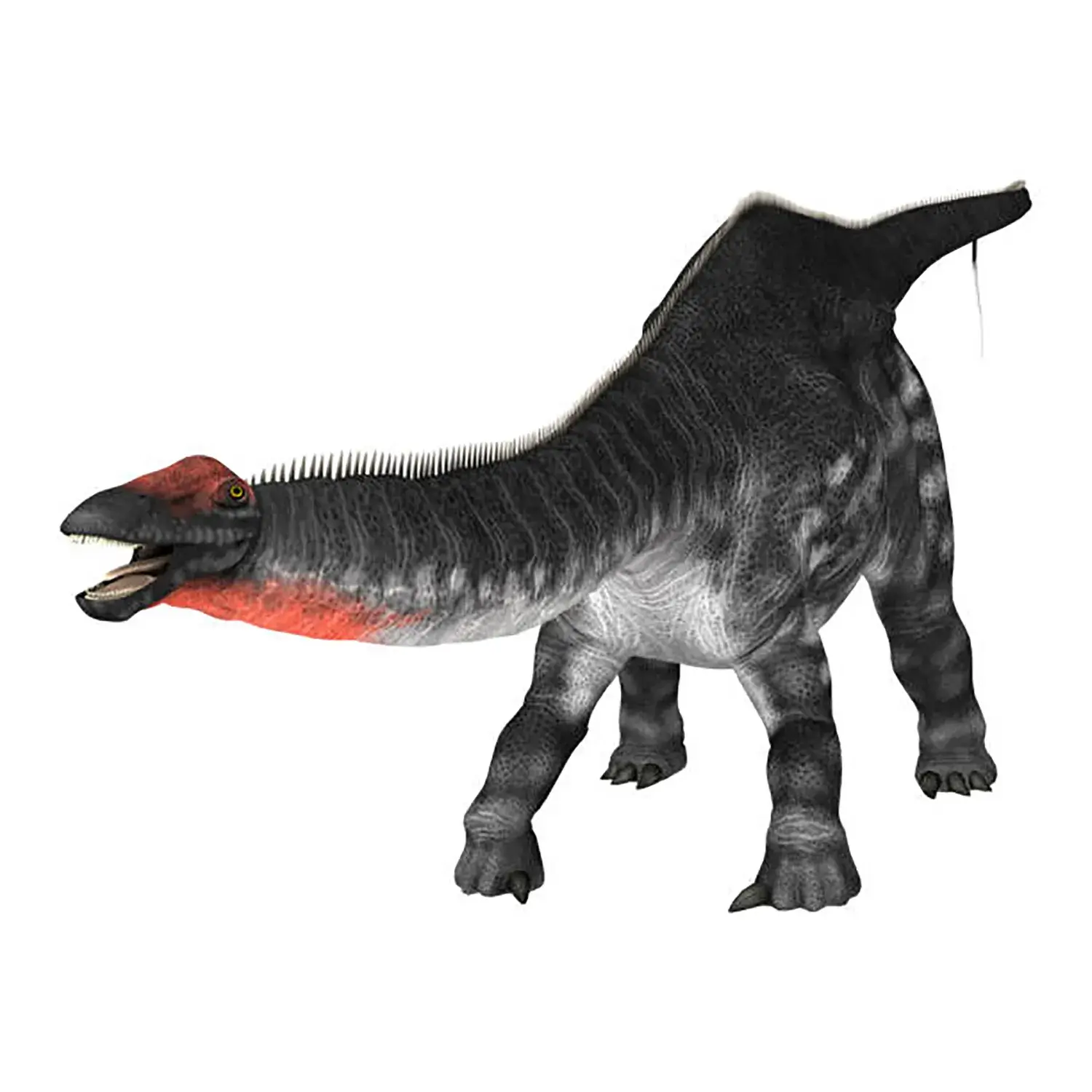

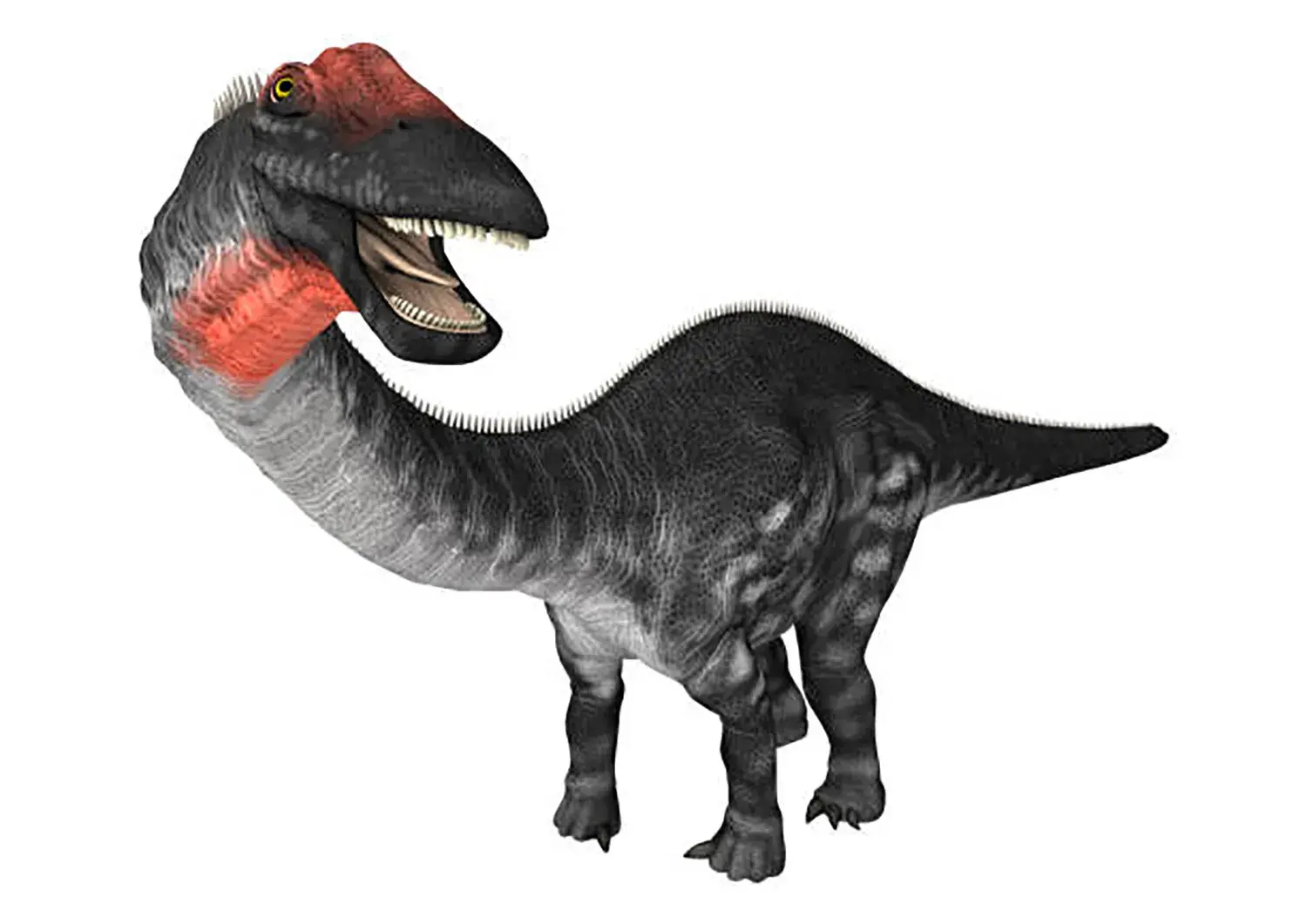

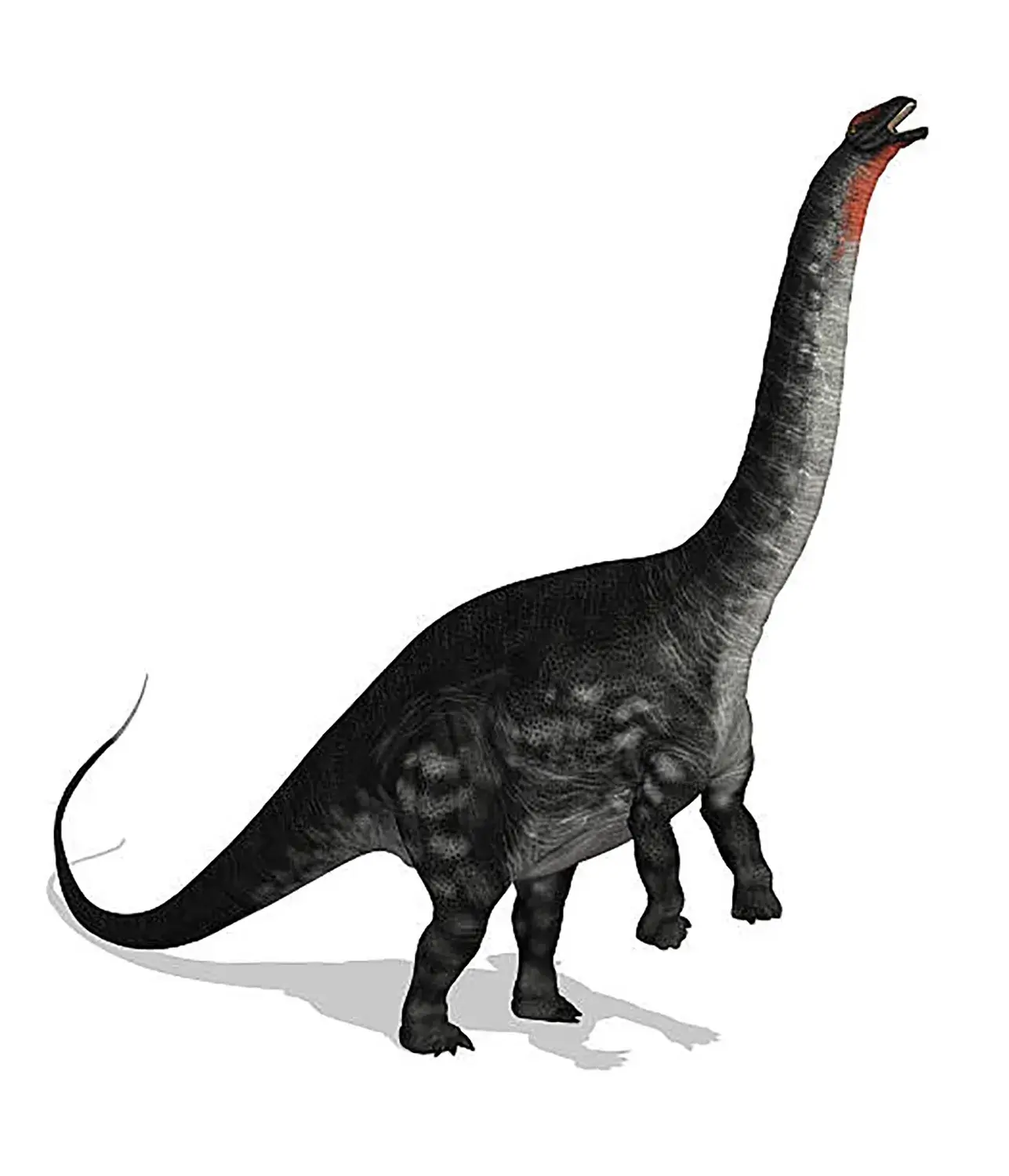
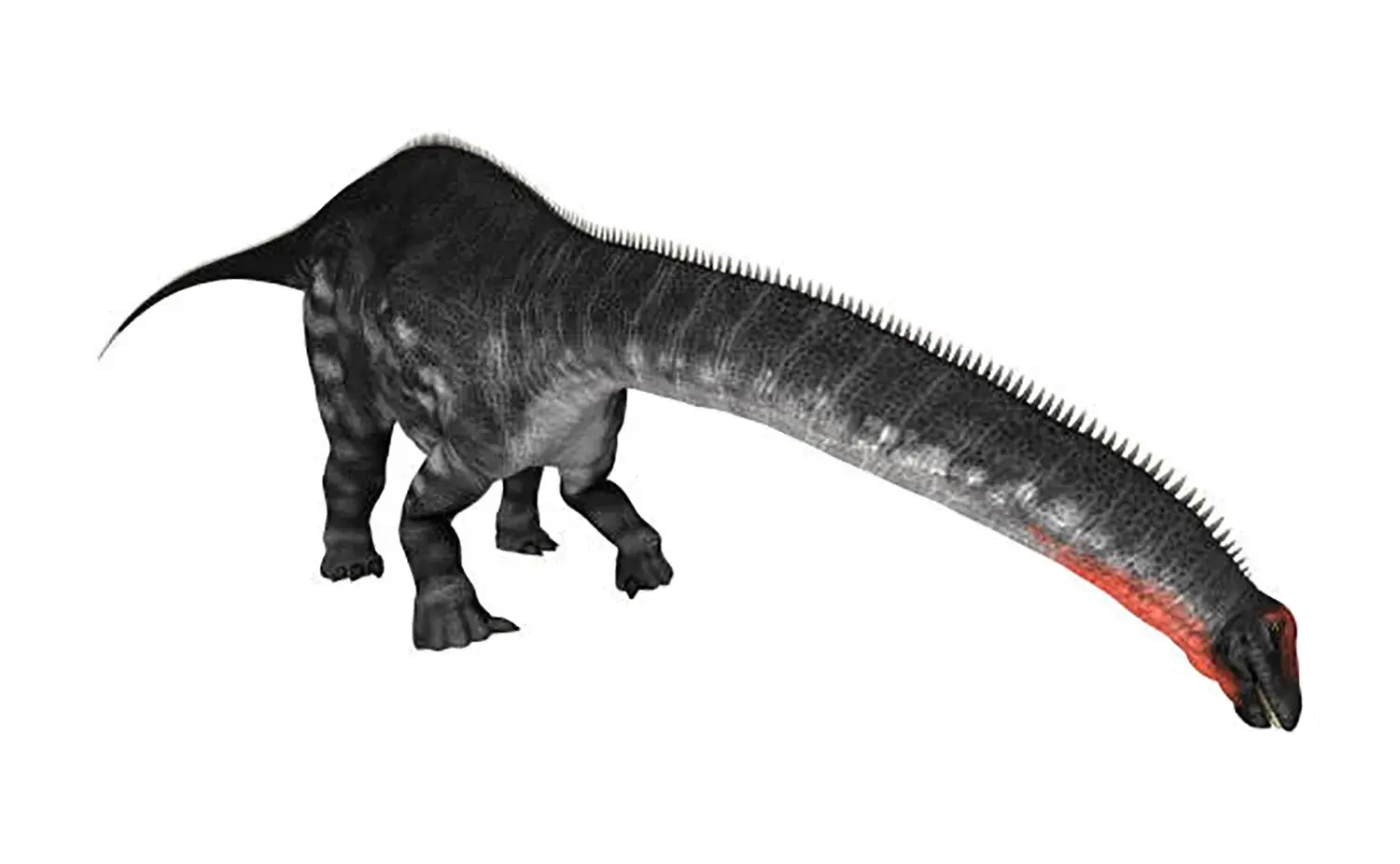
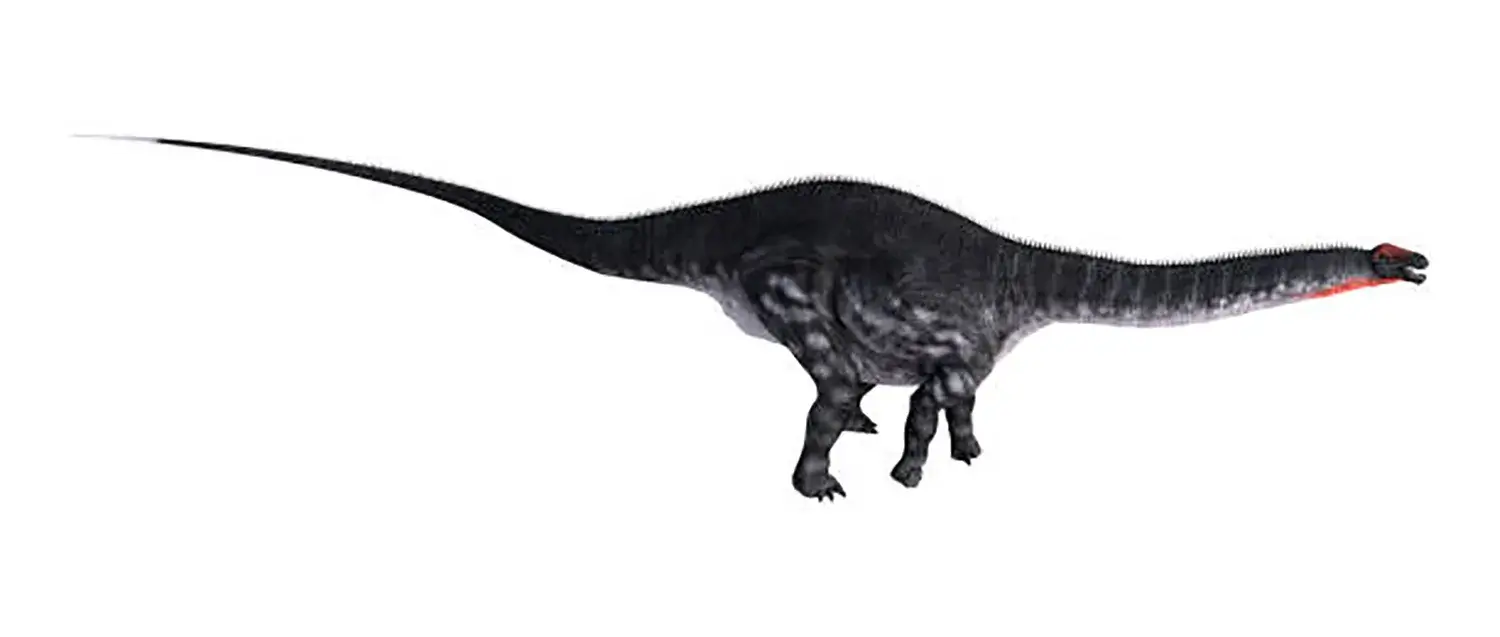
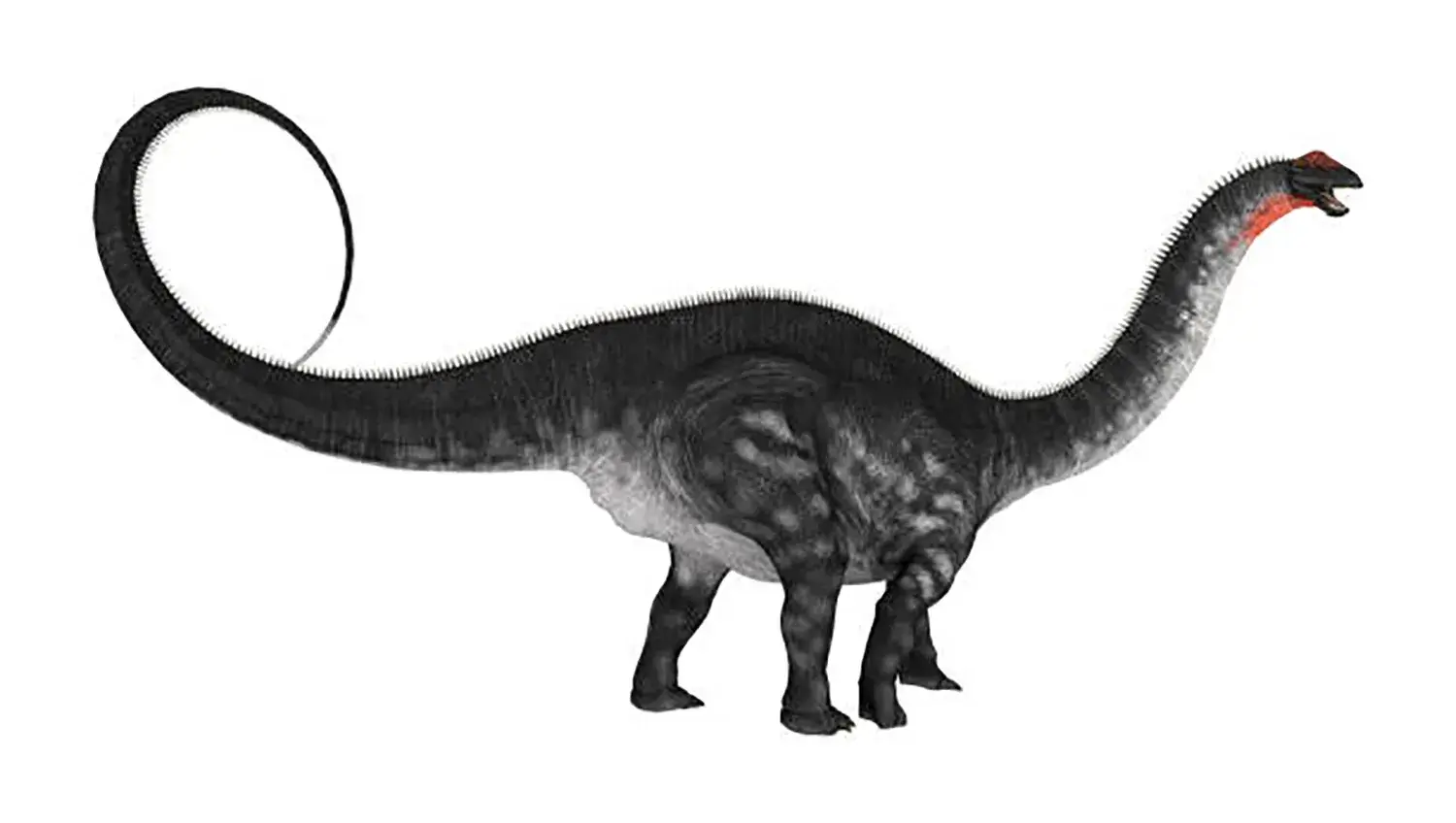
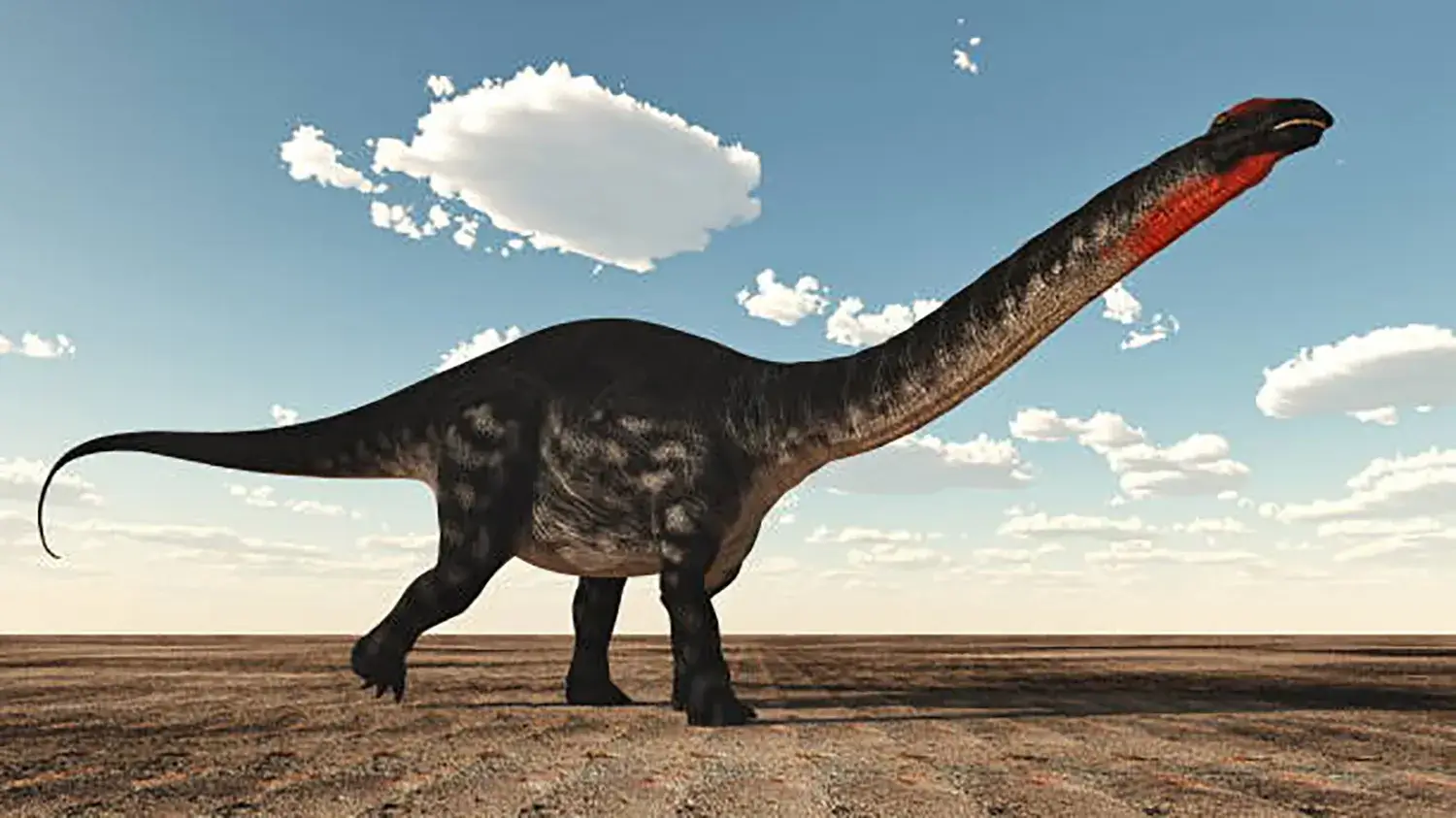

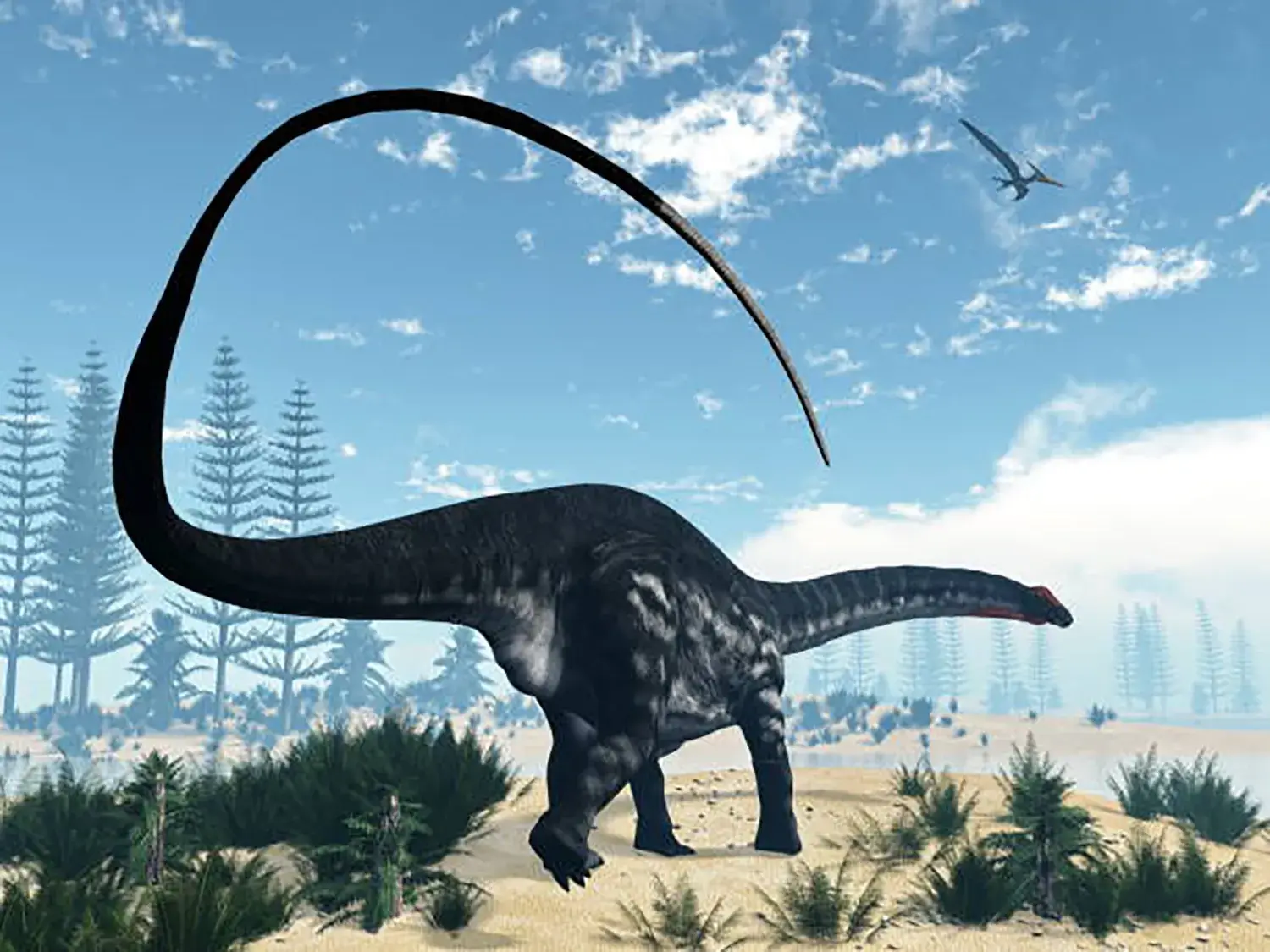
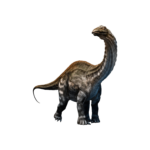
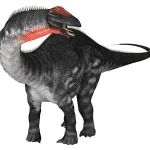
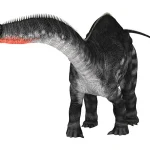
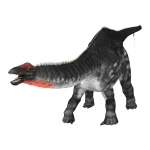
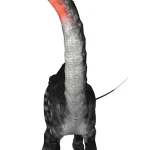
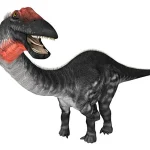
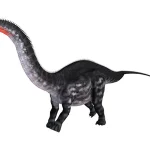
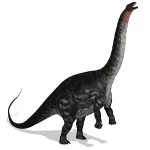
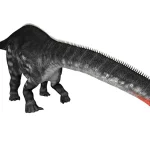
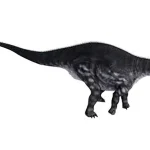
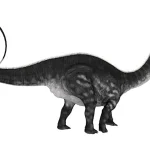
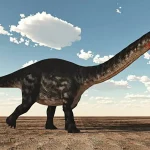
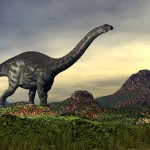
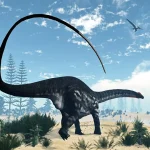
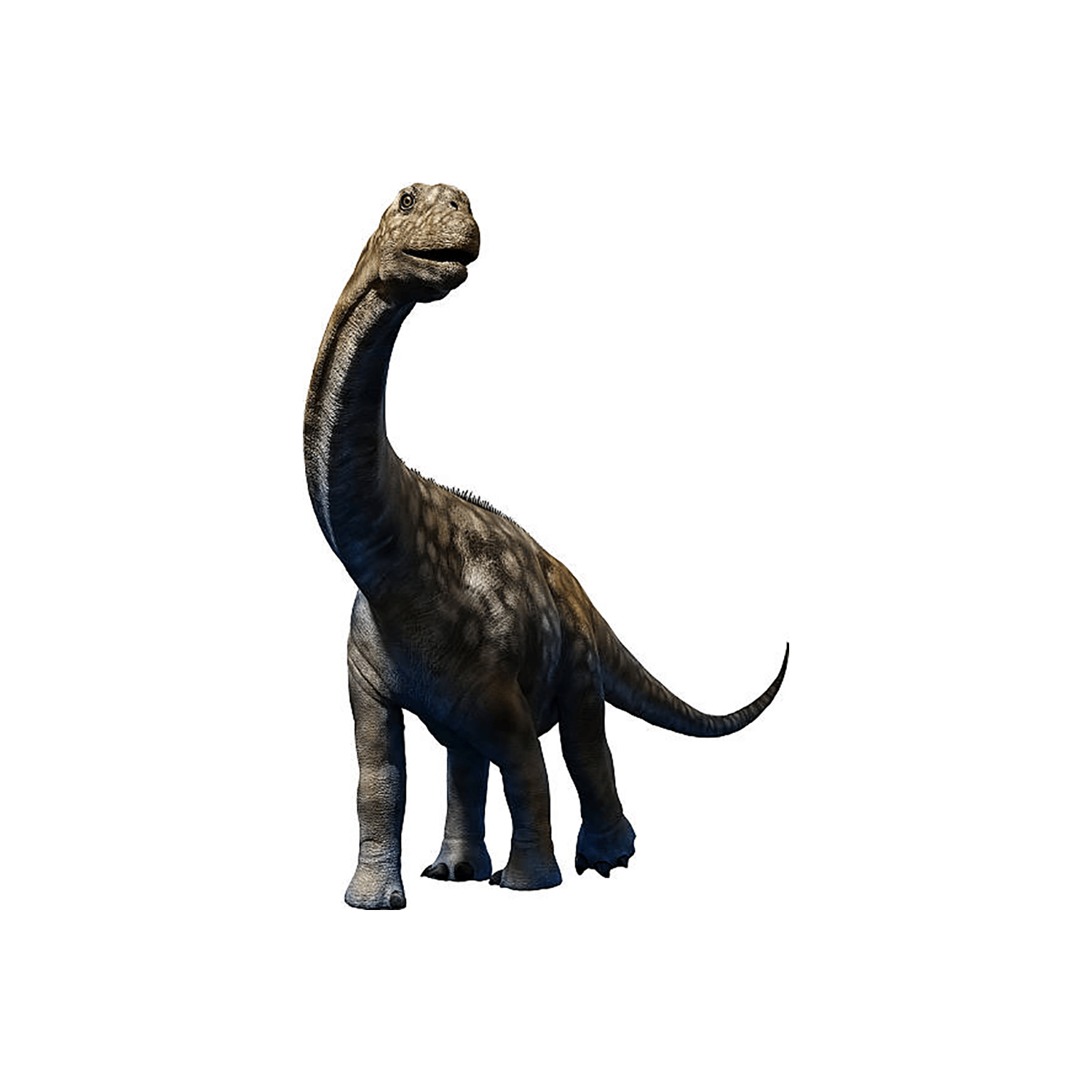
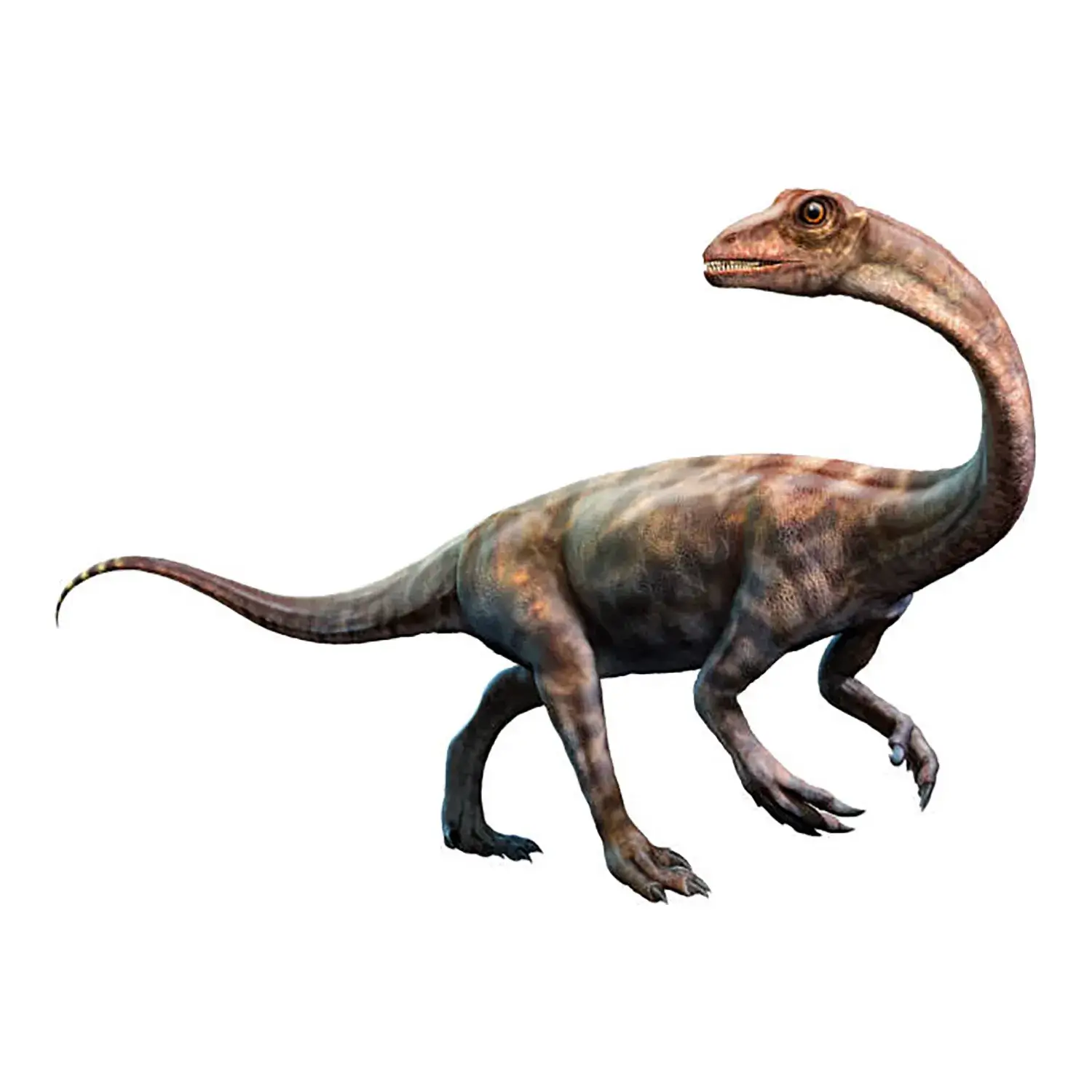

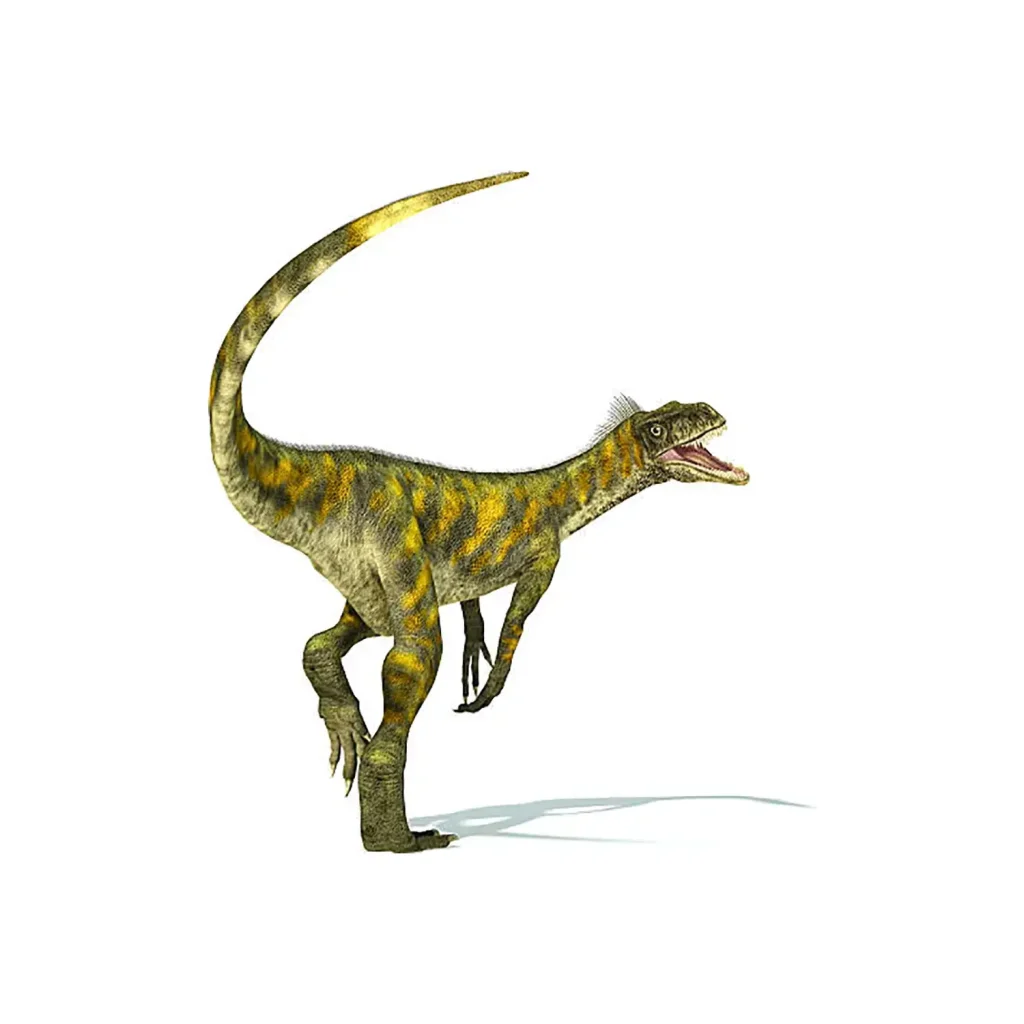
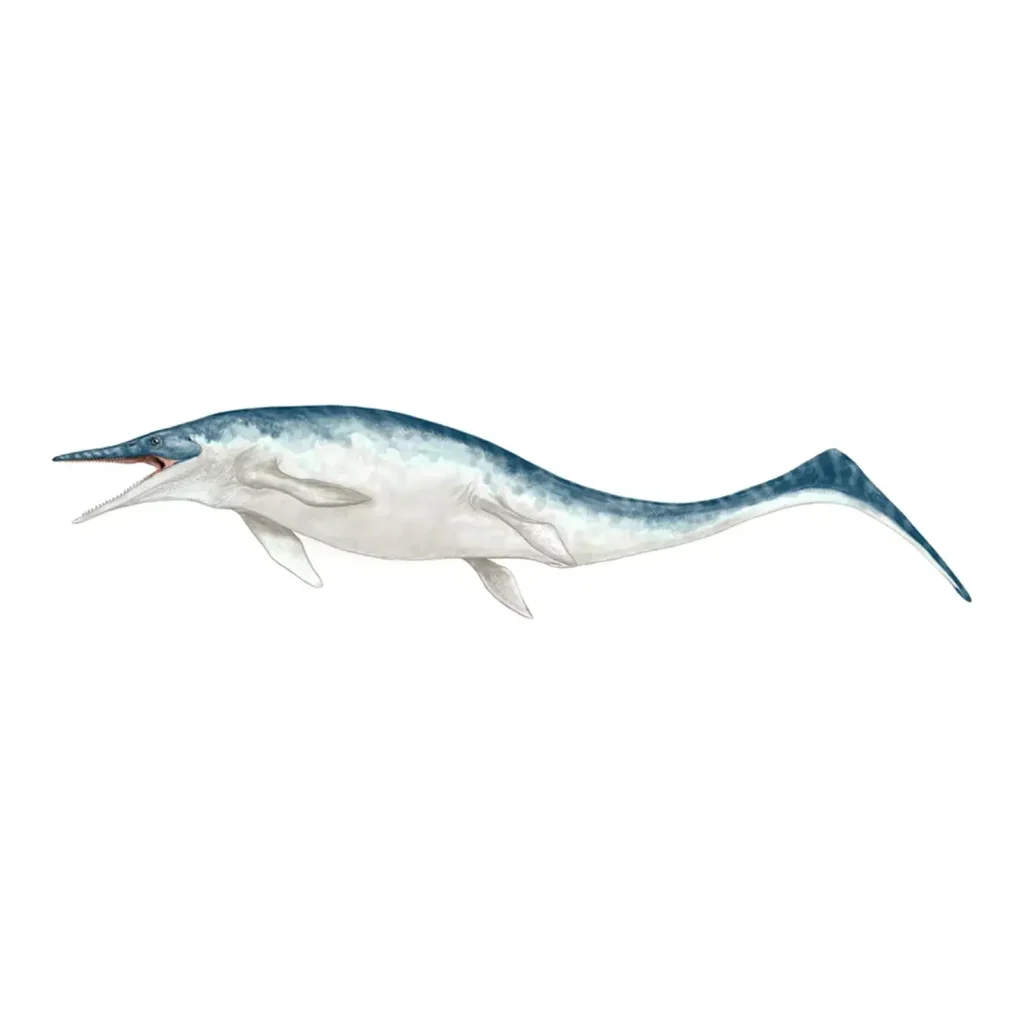
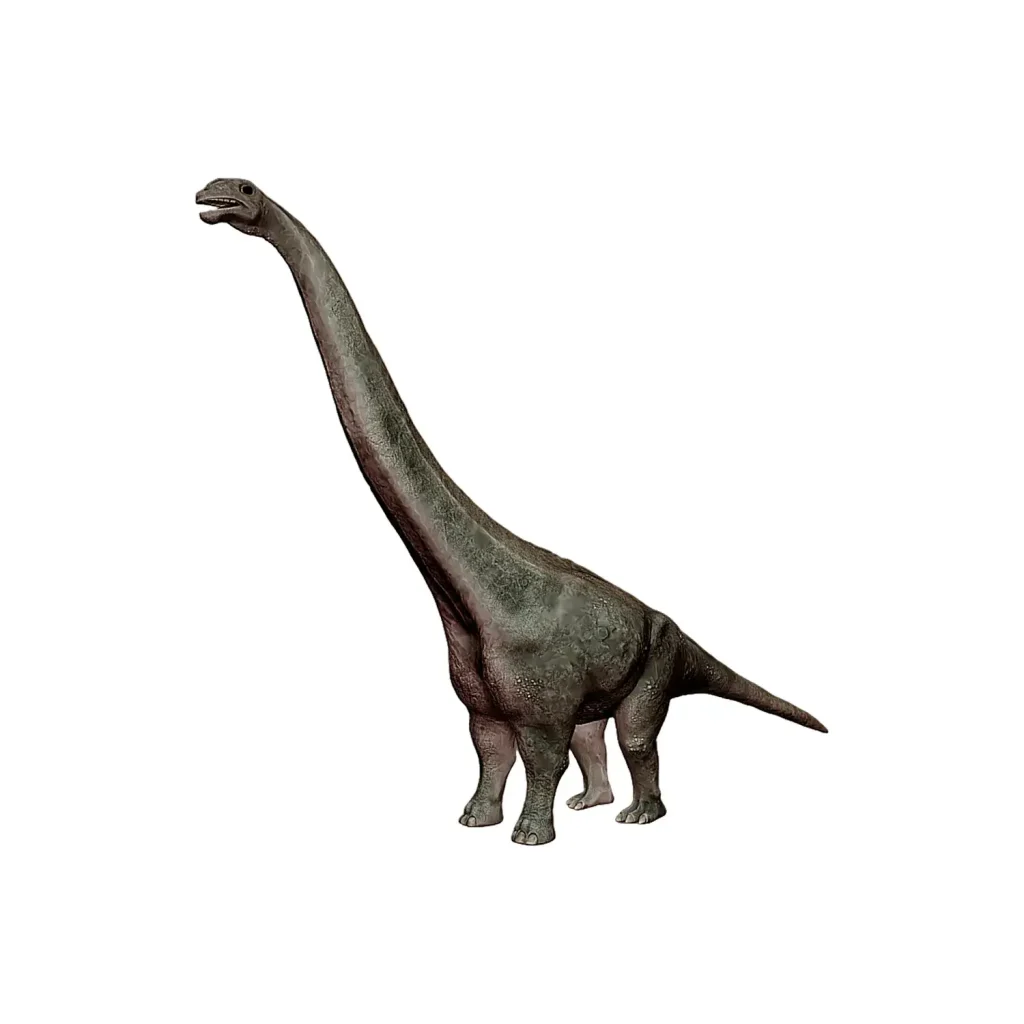
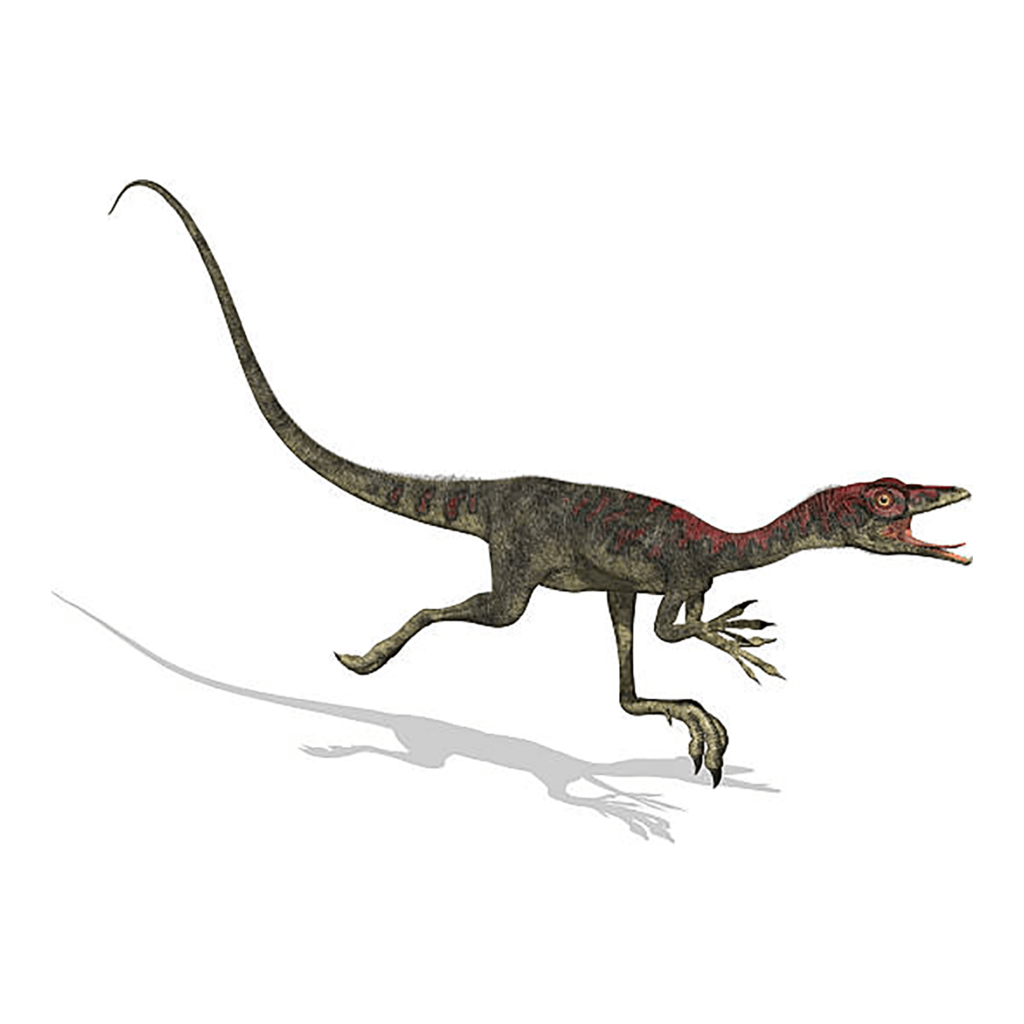













Description
Apatosaurus was a large herbivorous dinosaur that lived in America during the Late Jurassic period.
Its name has a storied past in the history of paleontology, as it was once thought to be the same species as the widely known Brontosaurus.
A large herbivorous dinosaur that lived in America during the Late Jurassic period
Colossal Body and Unique Physical Structure
Among the many sauropods, Apatosaurus was characterized by its sturdy body and neck.
It was approximately 26 meters long and is said to have weighed between 24 and 32 tons, making its size overwhelming.
It is believed to have been heavier than Diplodocus, another member of the Diplodocidae family.
Its long neck, which reached a length of 6 meters, is presumed to have been held up by strong ligaments.
It held up its 6-meter-long neck with strong ligaments.
Another unique feature of Apatosaurus was that its forelimbs were longer than its hind limbs.
It was once believed that such a heavy body would have been crushed under its own weight on land, and a theory that it lived in water was widely accepted until the 1960s.
However, subsequent research has completely disproven this aquatic theory.
The Birth and Disappearance of “Brontosaurus”
Around 1877, when Apatosaurus was discovered, a fierce competition known as the “Bone Wars” was unfolding in the United States.
During this time, a scientist mistakenly identified an Apatosaurus skeleton as a new species and named it “Brontosaurus” or “thunder lizard.”
Brontosaurus went on to gain more popularity and fame than the original Apatosaurus and was featured in many encyclopedias and media for a long time.
However, a later review concluded that Brontosaurus was the same species as Apatosaurus.
Because the name Apatosaurus was registered first, it was given priority, leading to the conclusion that “Brontosaurus did not exist.”
Astonishing Growth Rate and Little-Known Ecology
Apatosaurus’s greatest weapon for protecting itself from predators was its massive size.
In particular, it had large claws on the thumb of its forelimbs and on three toes of its hind limbs, which were highly effective weapons against predators.
Its growth rate was astonishing, and it may have reached adulthood in just about 13 years.
During its juvenile stage, it is theorized to have gained as much as 15 kg per day, which suggests that plants—its food source—were incredibly abundant at the time.
Apatosaurus had pencil-shaped teeth at the front of its square-shaped mouth, but these were not useful for chewing.
It used its teeth like a rake to strip leaves from plants and then swallowed them whole.
It used its teeth like a rake to strip leaves from plants and swallowed them whole.
Also, because an Apatosaurus skull was not found for many years, a relatively similar skull from Camarasaurus was used for its reconstruction.
However, when a complete fossil was discovered in the 1990s, it was found to have had a slender, streamlined face.
New Research and an Unfortunate Dinosaur
Having its skull misrepresented for many years and being called by the incorrect name “Brontosaurus” for so long, Apatosaurus might have suffered an unfortunate fate.
However, in 2015, a new study was published suggesting that “Apatosaurus and Brontosaurus are very likely different species,” leading to an interesting movement to “revive” Brontosaurus.
Apatosaurus’s very sturdy and large skeleton serves as a valuable clue that conveys its impressive presence to the modern world.